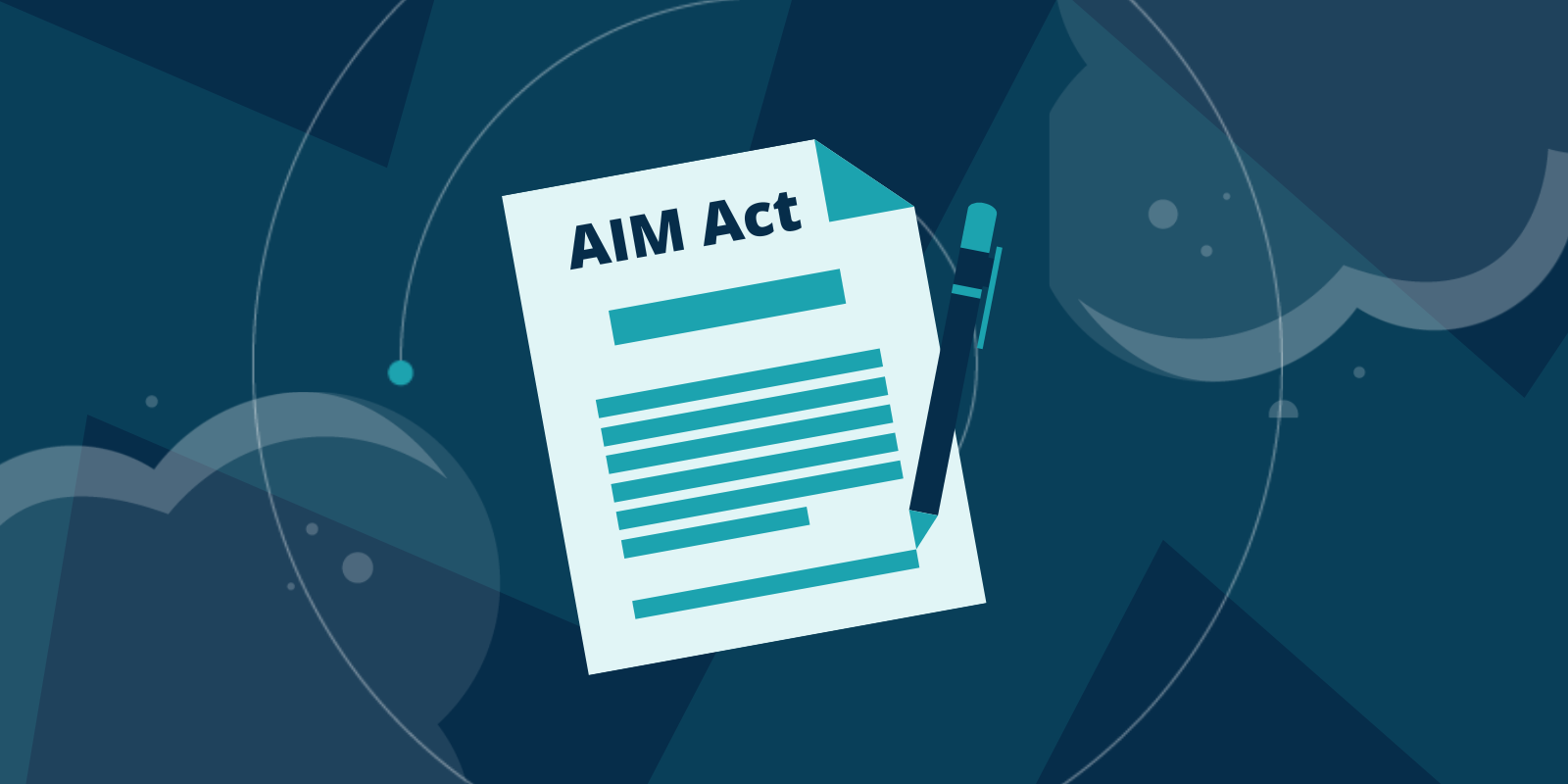Réglementations • 17.10.2022
The State of US Leak Detection: Requirements in Flux


Refrigerant leak check requirements are in the process of changing and can be different by state (for example, California has their own regulation). The national regulation was updated in Feb 2020 to provide a clean slate for the AIM Act. Here is the information we have on leak detection regulation in the US.
Important rule change that rescinded regulation:
On February 26, 2020, EPA Administrator Andrew R. Wheeler signed the final rule Protection of Stratospheric Ozone: Revisions to the Refrigerant Management Program’s Extension to Substitutes. This action rescinds the November 18, 2016, extension of the leak repair provisions to appliances using substitute refrigerants, such has hydrofluorocarbons (HFCs).
AIM Act
The EPA’s strategy for limiting HFC demand also applies to the servicing of existing equipment. This important aspect of the demand equation is primarily focused on leak reduction, verification, and reporting (similar to the EPA’s Section 608 proposal, which guided previous generations of refrigerant phase downs). The EPA is working to provide details related to HFC management, which may result in the restoration of Section 608 and/or an all-new HFC reclamation program.
U.S. EPA 608 if restored
Similar to the EU’s F-gas regulation, EPA Section 608 would mandate leak inspections as part of its leak repair requirements.
Commercial Refrigeration and Industrial Process Refrigeration
EPA 608 Leak Inspections if restored.
Here are the leak inspections requirements an appliance has if you exceed the applicable refrigerant leak rate threshold(s)
It’s important to note that inspections are not required on appliances, or portions of appliances, continuously monitored by an automatic leak detection (ALD) system that is audited or calibrated annually.
Full Charge of System
50 = lbs < 500
lbs > 500
Frequency without ALD
12 months
3 months
Frequency with ALD
May Not Be Required
May Not Be Required
- Full charge is 500 pounds or more — For commercial refrigeration or industrial process refrigeration (IPR) appliances with a full charge of 500 or more pounds, leak inspections must be conducted once every 3 months.
- Full charge is between 50 and 500 pounds — For commercial refrigeration and IPR appliances with a full charge of 50 or more pounds but less than 500 pounds, leak inspections must be conducted once per calendar year.
- This set of requirements provides a significant incentive to install an ALD, as seen in the F-gas regulation.
- Now, if a refrigeration system owner/operator is located in California, then one must be aware of California’s refrigerant management program as well.
California’s Refrigerant Management Program (RMP)
The California refrigerant management program has stringent leak detection and monitoring requirements for regulated facilities. Here’s an overview:
- Refrigerant charge above 50 but under 200 lbs — A leak inspection must be conducted every 12 months.
- Refrigerant charge with 200 or more lbs but less than 2,000 lbs — A leak inspection must be conducted every 3 months.
- Refrigerant charge of 2,000 lbs or more — An automatic leak detection (ALD) system may be required. More details here.
- oAs you may already be aware, these refrigerant regulations are not the only refrigerant-related activities that one should adhere to; application safety standards are also important.
What This Means for Installers
Assist your customers to understand how installing Automatic Leak Detection is a proactive choice.
What This Means for Owners/Operators
Weigh the cost-benefits of being able to call for service when (and only when!) an installation is really leaking.
Get in Touch!
If you would like personalized analysis about what Automatic Leak Detection means for your business, we would be happy to speak with you!
Schedule a 15-minute call with David Reitz, our US Consultant.

